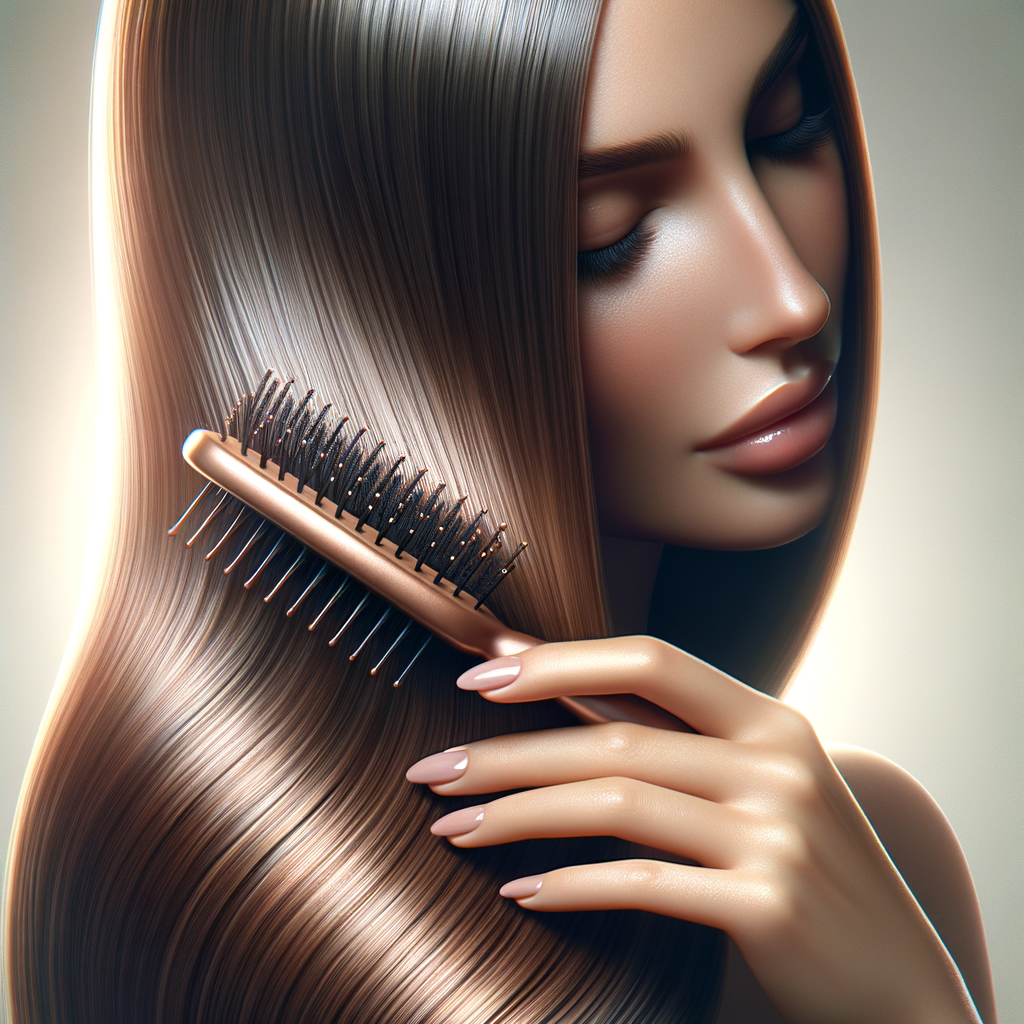Top Tips for Detangling Hair Without Damage

Top Tips for Detangling Hair Without Damage
Detangling hair can often be a frustrating and time-consuming task, especially if your hair is prone to knots or is sensitive to damage. Using the right tools and techniques is crucial to maintain healthy, glossy hair while simplifying your routine. This guide shares practical, expert advice to help you detangle your hair effectively without causing breakage or damage.
Why Proper Detangling Matters
Detangling is not just about making your hair look neat; it's about preserving its health. Improper detangling methods can lead to breakage, split ends, and unnecessary stress on your scalp and strands. Whether you have curly, straight, or wavy hair, adopting the correct approach can dramatically improve your hair's strength and appearance.
Choosing the Right Detangling Tools
Selecting an appropriate brush or comb specifically designed for detangling is essential. Here’s what to consider:
Hair Type and Detangling Tools
| Hair Type | Recommended Tools | Tips |
|---|---|---|
| Curly or Coiled | Wide-tooth comb, detangling brush | Start detangling from the ends, gradually working up to roots |
| Straight or Wavy | Paddle brush, detangling brush | Use gentle strokes to minimise pulling |
| Thick or Coarse | Denman brush, wide-tooth comb | Opt for tools with strong, flexible bristles |
Recommended Products
- Deogra Detangling Brush: Designed with flexible bristles that gently work through knots.
- EcoBeauty Wide-Tooth Comb: Ideal for thick or curly hair, reduces tugging.
Effective Detangling Techniques
Applying proper technique can prevent hair damage and make your routine more efficient.
Step-by-Step Guide
- Start with damp hair: Detangling dry hair tends to increase breakage. Slightly damp hair is easier to work with.
- Apply a detangling spray or leave-in conditioner: This helps soften knots and provides slip.
- Work from the ends: Gently hold a small section, lift the hair, and slowly comb through the ends.
- Gradually work upward: Move up to the roots in small sections, always gentle.
- Avoid harsh pulling: Pause if you meet resistance; gently work through knots.
Additional Tips
- Use broad-tooth combs for initial detangling.
- For stubborn knots, use your fingers to loosen before brushing.
- Detangle regularly to prevent severe knots.
Common Mistakes That Damage Hair
Understanding what to avoid helps maintain hair integrity:
- Brushing dry hair vigorously: Causes unnecessary friction.
- Using the wrong tool: Fine-tooth combs on curly hair can cause breakage.
- Tugging or pulling: Creates stress on strands.
- Detangling when hair is wet with a brush: Can stretch and snap hair.
Maintaining Healthy Hair Post-Detangling
- Use a nourishing serum or oil after detangling.
- Dry with a soft towel, avoiding rough rubbing.
- Regularly trim split ends to prevent further damage.
Final Thoughts
Detangling is an essential part of hair care that, when done correctly, can promote healthier, stronger hair. Always choose the right tools for your hair type and use gentle, consistent techniques to avoid damage. Making detangling a regular habit will keep your hair smooth, manageable, and vibrant.
Ready to enhance your hair care routine? Explore our range of hair detangling tools to find the perfect match for your hair type and get started today!